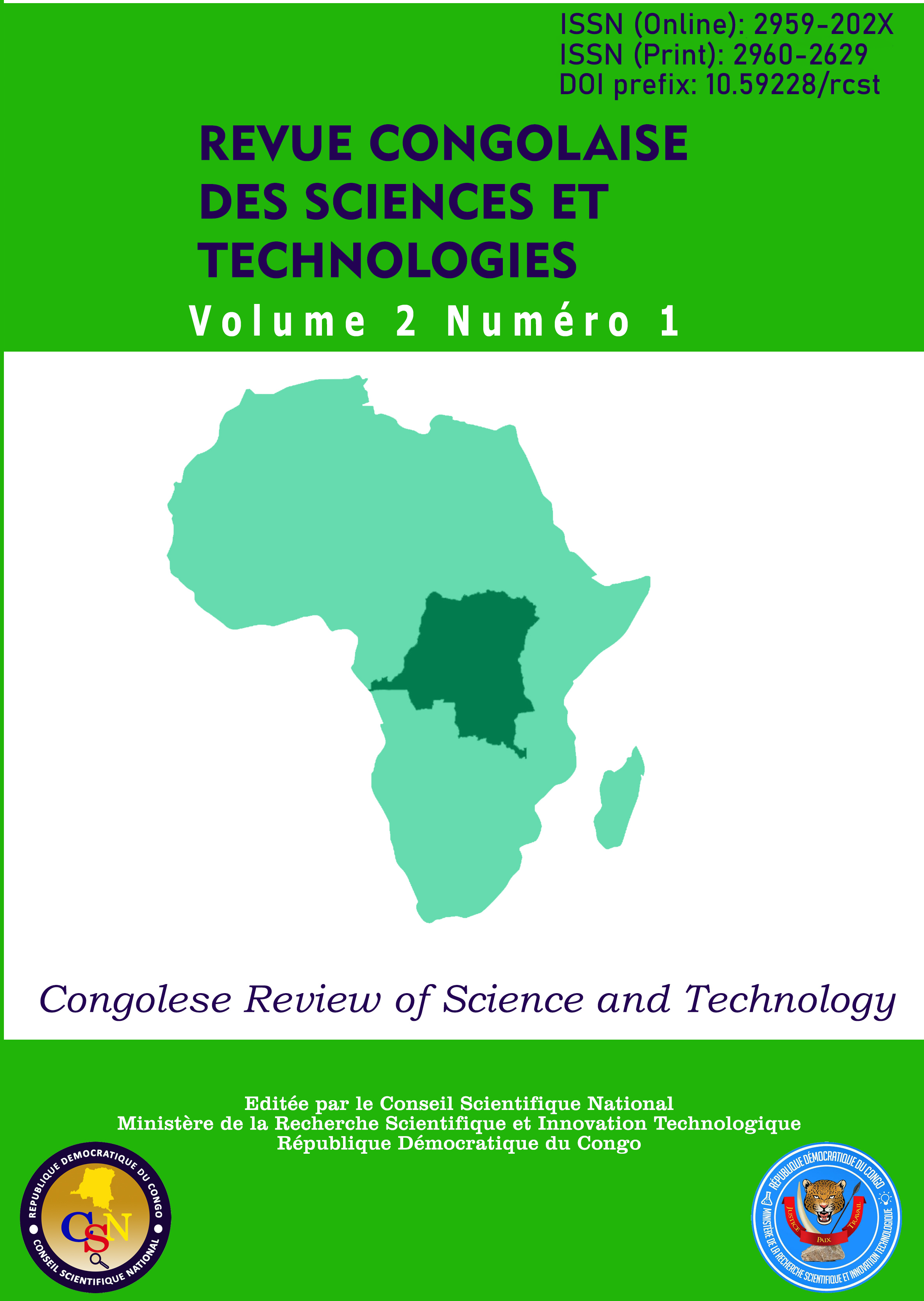Review of the literature on banana (Musa spp.) and different cropping systems.
Main Article Content
Abstract
Food security in Africa is subject to many uncertainties, with current statistics revealing deterioration in productivity for local
food crops such as cassava, maize and plantain. With an overall production of 8 million tonnes in Central and West Africa,
bananas play a central role in achieving regional food security, particularly in certain cities. With this in mind, this study aims
to promote the cultivation of bananas by means of a brief presentation of the crop and an analysis of the various bananagrowing techniques used in the various production zones of the DRC. The results obtained using the documentary method
reveal that banana cultivation is widespread in the DRC, especially in forest and savannah areas where farmers continue to
employ traditional production methods. From the point of view of cropping systems in the mountainous eastern part of the
country, bananas are grown by almost all families under a variety of systems, including hut cultivation, intercropping or
monocropping... In the west, bananas are particularly important in forest areas, where they make up the "sylvo-banana"
system, while in savannah areas; they are grown as a hut crop. The main constraints identified are the lack of improved
propagation material, poor cultivation practices, diseases and pests, poor soils, etc.
Article Details
Section

This work is licensed under a Creative Commons Attribution-NonCommercial-ShareAlike 4.0 International License.

